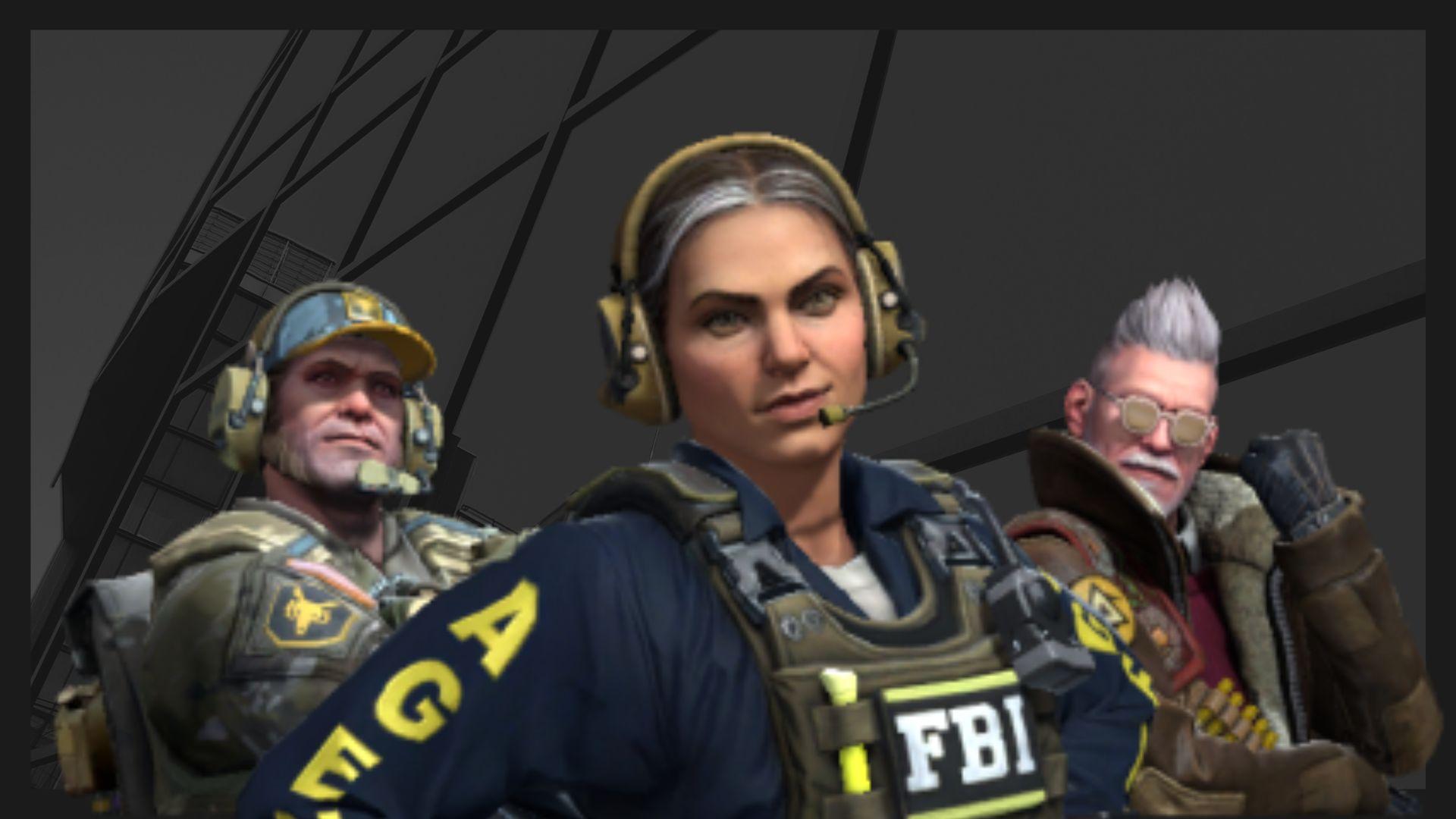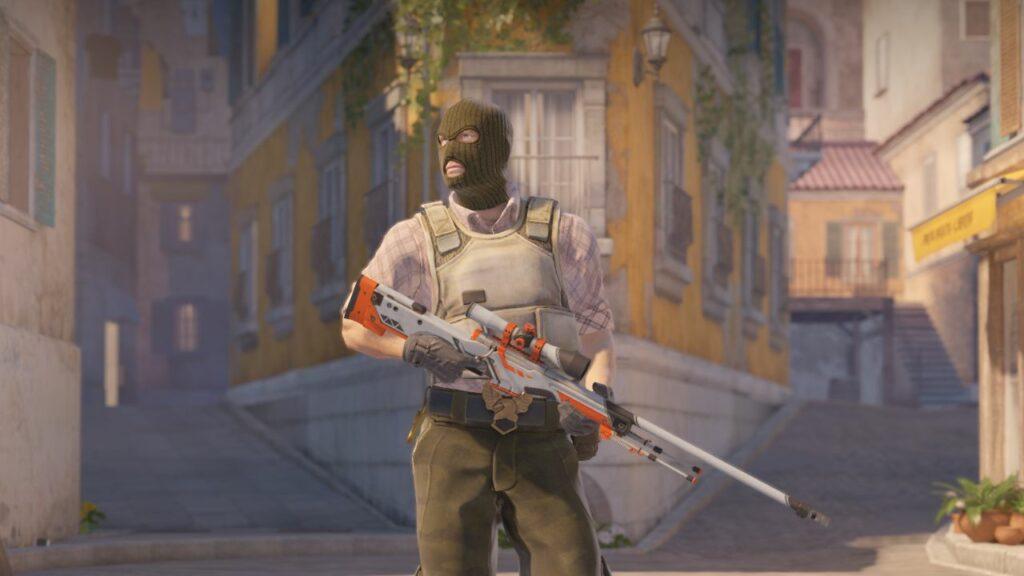
Explaining tick rates in FPS games: Difference between 64 and 128 tick
With Valorant’s announcement that the new first-person shooter would feature 128 tick servers, now is the best time to refresh players on exactly what exactly tick rate has to do with their favorite games.
While its not essential knownledge, every single multiplayer game has what is called a tick rate. That alone makes the concept important for players to understand. The more a player knows about the mechanics and technical aspects of their favorite game, the more they can focus on aiming, tracking, and other skills.
But what is a tick, and why is a server’s tick rate so important?
Servers provide a central hub for participating players to congregate in a given game. Counter-Strike: Global Offensive uses dedicated servers, meaning that Valve has servers set aside for players to use for matchmaking into a game of CSGO. Other titles use individual players’ machines to run a local server to which everyone in the lobby connects. Games like Destiny and Call of Duty have used this kind of local server setup in the past.
Now that a server’s purpose is clear, let’s talk about tick and server tickrates.
Ticks and tick rates explained
The most common mistake new players make is that they think all a tick has to do with time. It does not, but it makes sense why they think that. Instead of a unit of time, a tick is actually a process. That process has three parts:
- Collect incoming player data and events
- Perform calculations on that collection
- Send newly calculated data back to players
When a server has done those three things, it has completed a single tick.
Why does the tick rate matter?
This is important, because the server determines whether or not a shot hit a player, or if the bomb was planted early or late. In competitive games, servers are expected to be as fast as possible in their responses.
Tick rate is where time does factor in. The tick rate, sometimes known as the update rate, is defined as the number of ticks per second. Currently, Valve’s CSGO servers run at 64 tick, meaning that players recieve updates from those servers 64 times per second.
While that sounds fast, many CSGO players have monitors capable of running at 144Hz. In simple terms, the monitor can show a player 144 updates per second, but Valve’s servers only give the computer 64 frames total in that time. This mismatch in the server’s information getting to the computer and leaving the server can result in more than a few issues. These can include screen tearing, a feeling like the player is being shot when protected behind cover, and general lag effects.
Overall, tick rate is important because it’s what makes a game feel good or bad. How smooth the game feels is dictated by how well and how fast the server sends information to the players. Without a strong server-side setup, some games never make it off the ground.
What are the tickrates of today’s popular FPS games?
Countebr-Strike: Global Offensive tick rates:
- CSGO official matchmaking: 64-tick
- CSGO on FACEIT: 128-tick
- CSGO on ESEA: 128-tick
Valorant tick rates:
- Valorant official matchmaking: 128-tick
Call of Duty: Modern Warfare tick rates:
- COD multiplayer lobbies: 22-tick
- COD custom games: 12-tick
Recommended

s1mple is offering lessons to help you get good at CS2
Have you dreamed of playing like s1mple?

Recent CS2 ban wave punishes cheaters during live games
Valve is banning players in bulks.

Players hopeful after Valve adds Overwatch to expose CS2 cheaters
Only “trusted” players will be Overwatch investigators.







